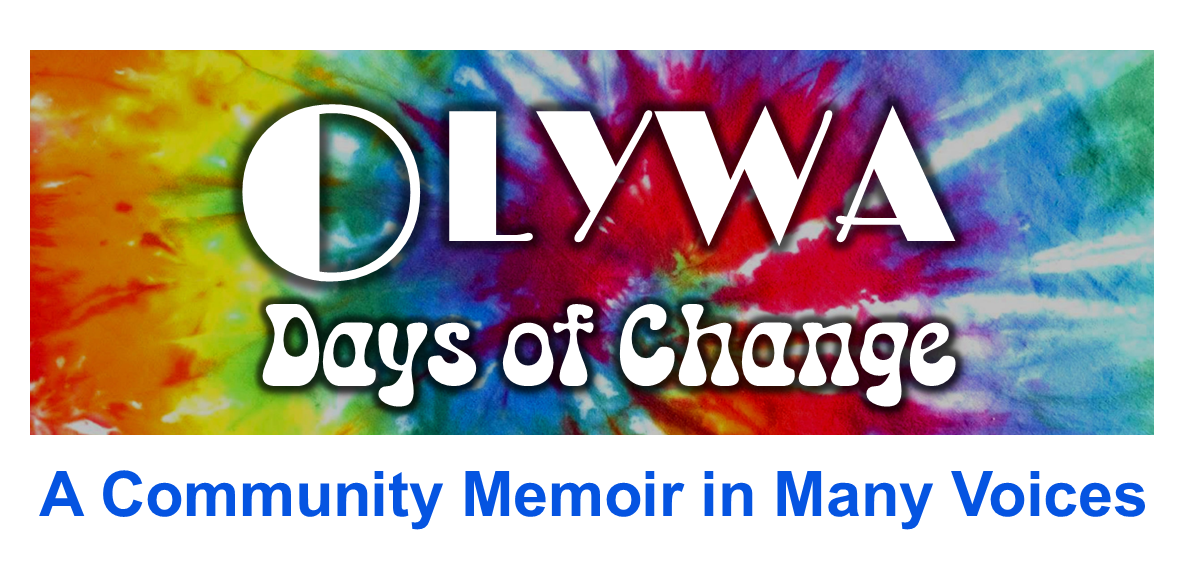Our Toilet Was a Scorpio – By Joe Tougas
The one plague of that old house that we hadn’t really come to grips with, even into the second year of your residency, was the toilet . . . What typically happened was that some new crisis would arise, and would be attacked with some new strategy or tool. A clog would eventually be displaced, and everything would be perfect for a few days, or even weeks. But soon a new problem would arise. It was as if the toilet had become bored with the routine and needed some new excitement. One of the residents, who had been studying about mental health issues at Evergreen, suggested that the toilet might be bipolar . . .










